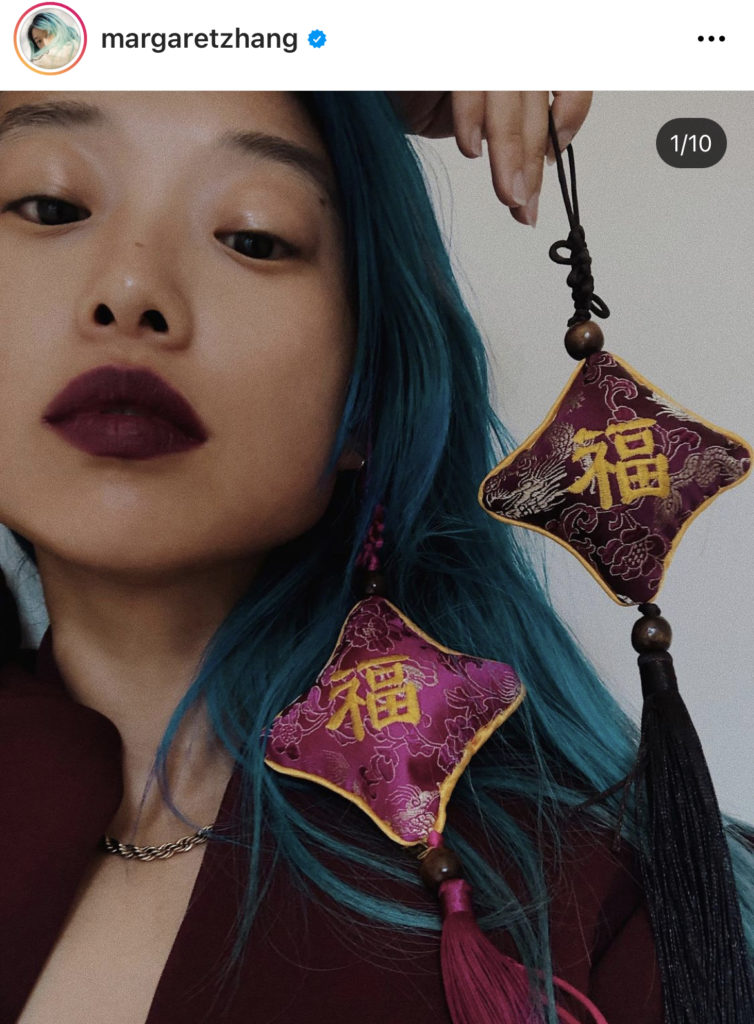February 1st marks the first day of Lunar New Year, a two week long festival that places emphasis on cultivating a successful year ahead, with an animal icon serving as a figure of good luck. In 2022, we welcome the Year of the Tiger, a symbol of prosperity. To celebrate this significant cultural event, S/ spoke with Toronto-based content creator Yuki Zhao about the symbolism of the Year of the Tiger, fond memories from years prior, and the special Chinese delicacy she cannot wait to indulge in.
How will you be preparing and celebrating Lunar New Year this year?
“Well, this year I’ve got a bunch of Lunar New Year special edition pieces from different brands. Fendi and Balenciaga are the two that caught my attention, mainly because other than being red, they also used tiger print on some of their most iconic pieces — Fendi’s tiger print Baguette is one the best purchases I’ve made recently. Some of my favourite beauty and skincare brands have introduced special packaging for LNY as well, so I had to stock up on those. I also bought an indoor mandarin orange tree in a ceramic pot. Orange or other similar hues resemble gold or money, and the trees often have red envelopes draped sporadically over branches. Some say that mandarin oranges represent the sun’s positive energy and are meant to lift spirits, but for me I just love the pop of colour, which makes for a more festive feel at home.”

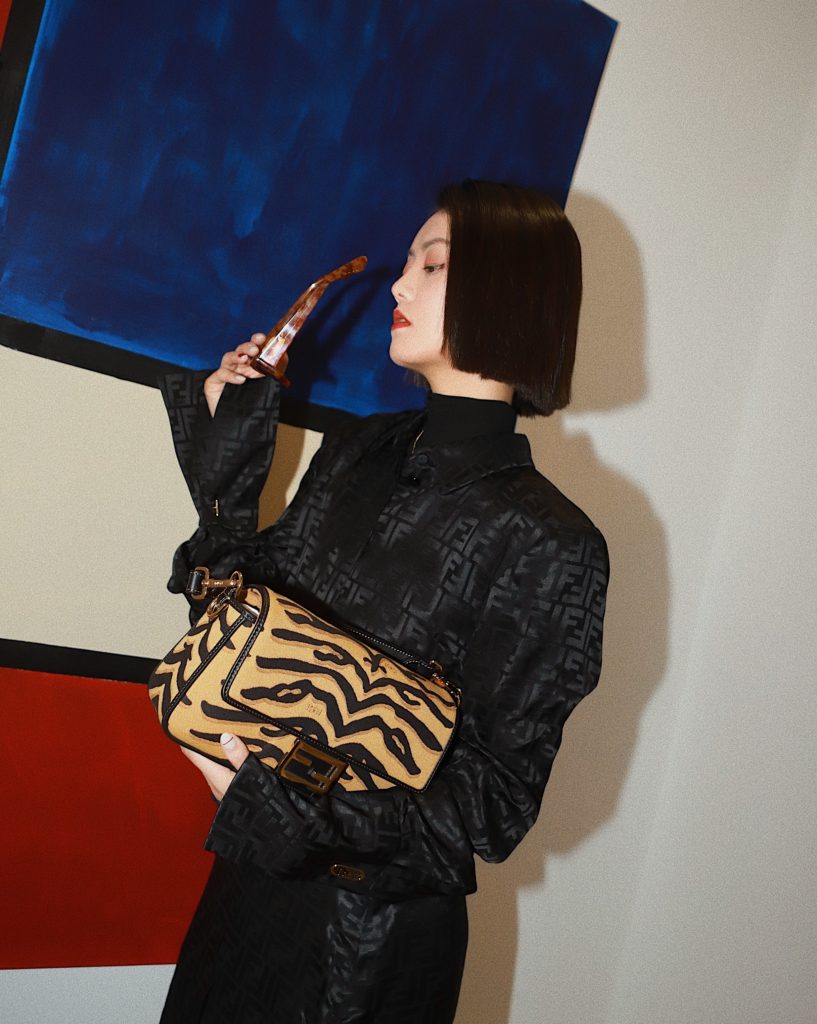
What does the Year of the Tiger symbolize for you?
“The Tiger is known as the king of all beasts in China and is associated with bravery, confidence, and strength. To me, I just feel like tiger carries a lot positive energy, never back down on anybody, and thats how i’m coming for 2022!”
Do you have any childhood traditions that you’ve continued as an adult?
“During Lunar New Year, it’s tradition to give the gift of a bright, beautiful red envelope (known as 紅包, hóngbāo) to your friends and family. But not just any old envelope, these are filled with money and symbolize good wishes and luck for the new year ahead. As a kid you just naturally love LNY because it’s almost like getting paid at the end of the year. Some years my parents would allow me to keep some of the money and I would write up a list about all the things I want to buy. Now I’m the one that’s preparing the red envelops, which feels nostalgic, but I love it because who doesn’t like to pass on good luck, right?”
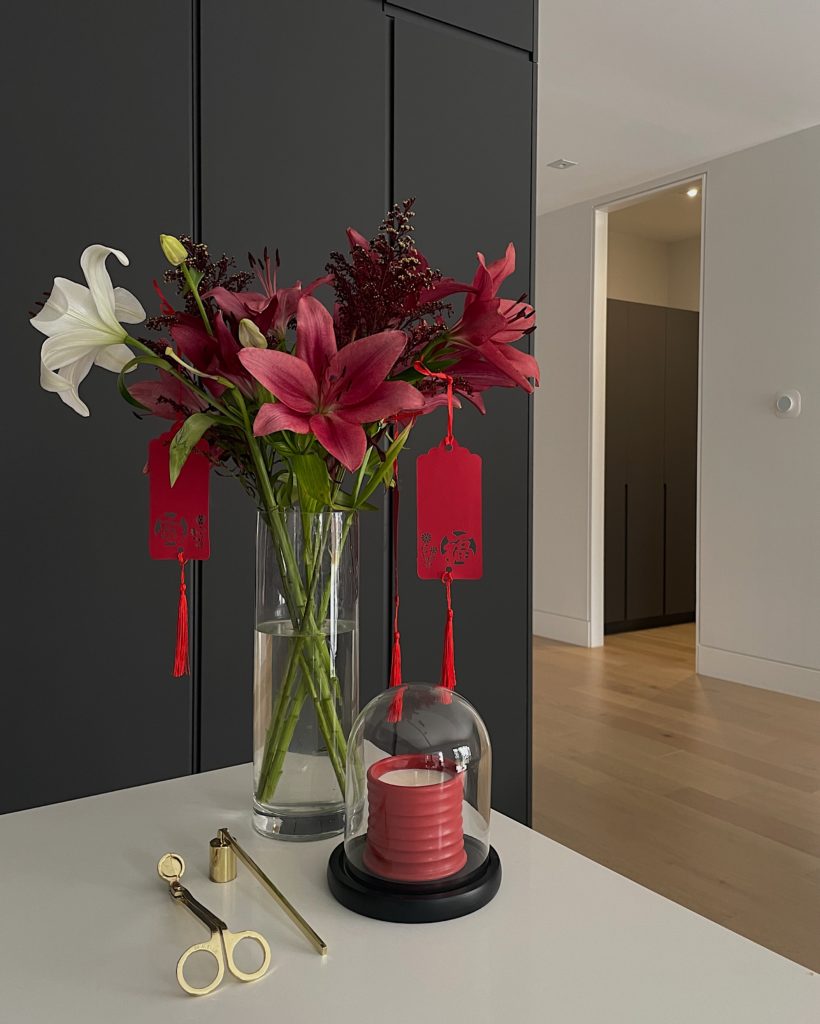
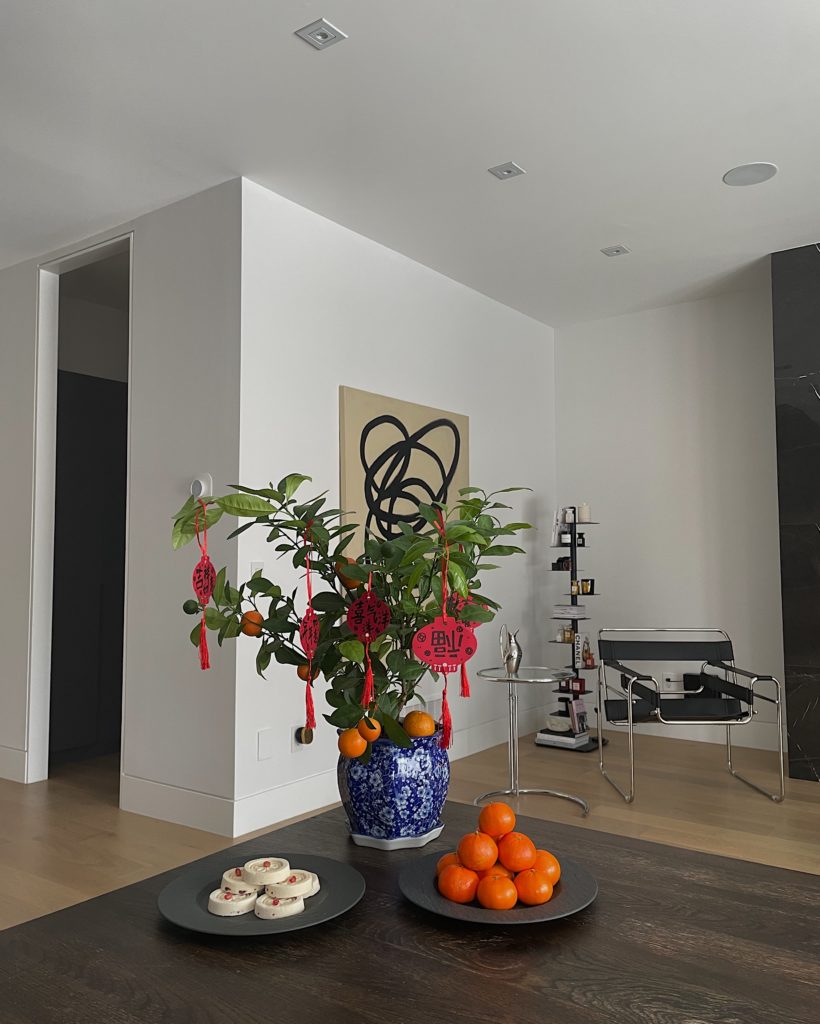
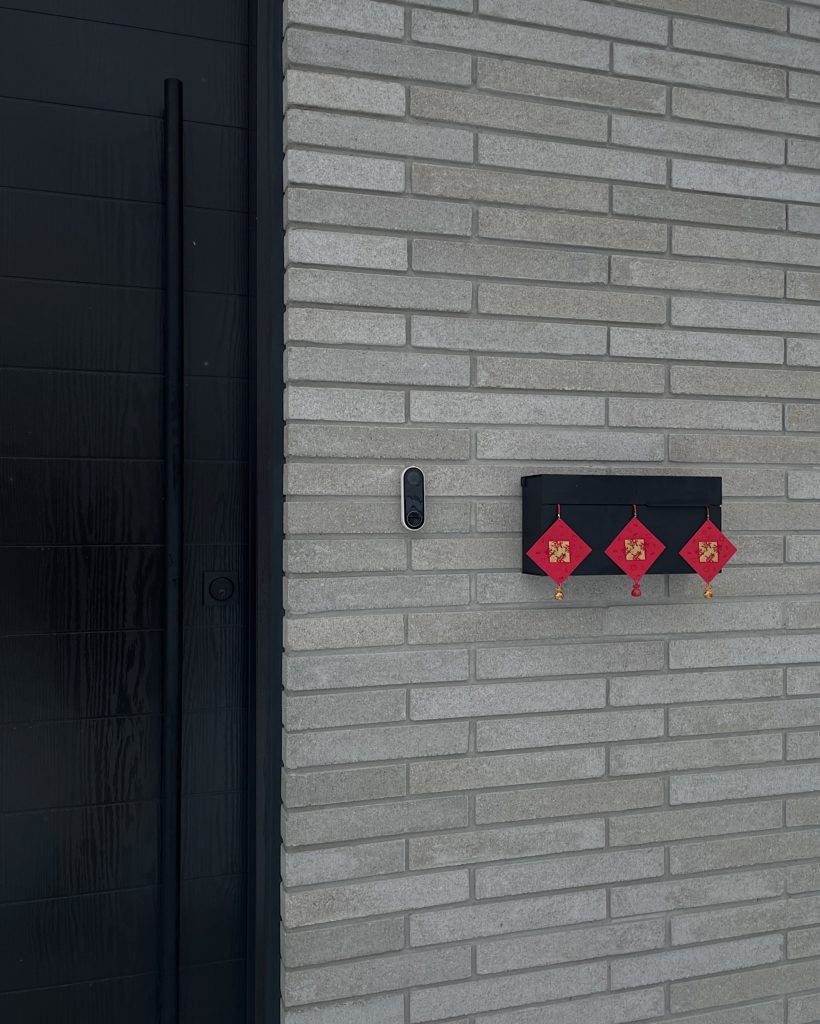
Are there any traditional dishes you indulge in during Lunar New Year?
“After I moved to Toronto, I definitely tried to make Chinese fusion food for important festivals and occasions. They taste like authentic Chinese food, but I’d like to add my own twist to it through the presentation. There are many Chinese New Year foods, but that one dish that is a staple is the fish. In Chinese, “fish” (鱼 Yú /yoo/) sounds like ‘surplus’. Chinese people always like to have a surplus at the end of the year, because they think if they have managed to save something at the end of the year, then they can make more in the next. Steamed fish happens to be one of my favourite dishes all year around so I can’t complain.”

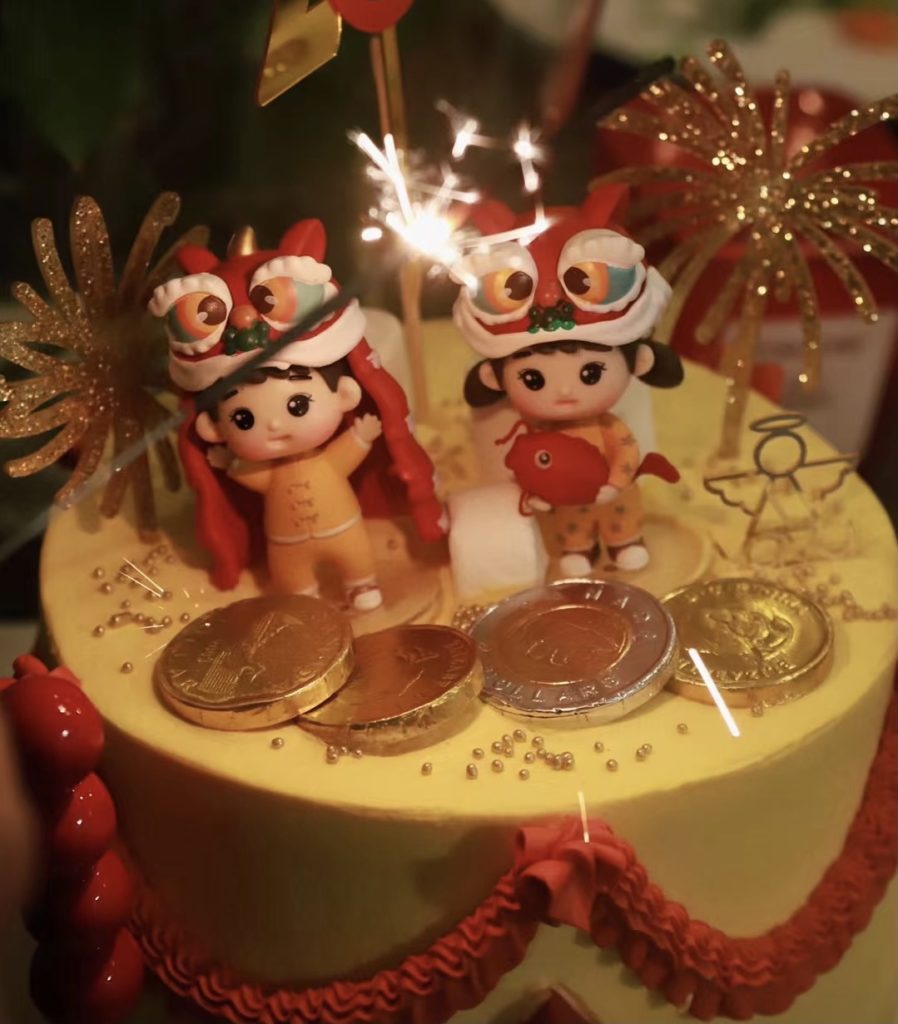
Why is it important for you to maintain Lunar New Year traditions?
“Chinese New Year is the festival that celebrates the lunisolar calendar. It traditionally honoured deities and ancestors, but it has also become a time to feast and to visit family members. Back to my U of T years, this is time of the year when I would miss home the most, but when I started working, I managed to make time to visit my parents. It’s a bit of a hustle going back at this time because it’s not a national holiday in Canada, but I can tell they are happy to see me when I arrive. It’s a very special thing, since family is everything to me.”
Lastly, are there any Chinese creatives whose work has resonated with you recently?
I’d say some of Margaret Zhang’s LNY photography has inspired me a lot. The color scheme, the composition of dim sums on the table, it’s when fashion meets Chinese tradition—her work is fantastic and powerful. Last year Margaret was named the editor-in-chief of Vogue China, and I’m really happy for her as a fellow creative.”
